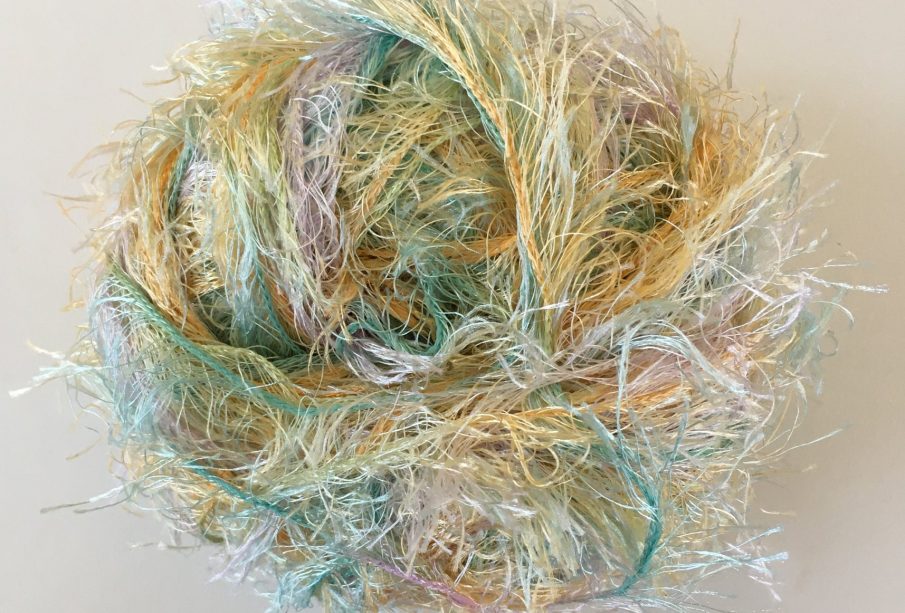Exploring the Fascinating World of the Peacock

Introduction to the Peacock
The peacock, renowned for its stunning plumage and captivating displays, holds a significant place not only in biodiversity but also in cultural symbolism across various regions. With its iridescent feathers and fan-like tail, the peacock serves as a subject of fascination for wildlife enthusiasts and artists alike. Understanding the characteristics, habitats, and cultural importance of this bird can shed light on broader themes of conservation and ecological balance.
Physical Characteristics and Behaviour
The male peacock, or peafowl, is known for its striking display of tail feathers, which can span up to six feet in length. This elaborate courtship display, known as a train, is used to attract females, or peahens. Unlike their male counterparts, female peahens have more muted, brownish feathers that help them with camouflage in their natural habitat. Peafowl belong to the family Phasianidae and are primarily found in South Asia, although they have been introduced to other regions globally.
Habitat and Diet
Peacocks typically inhabit open forests, grasslands, and wetlands. They are omnivorous and have a varied diet that includes seeds, fruits, insects, and small rodents. The adaptability of peacocks to various environments underscores their ecological significance, as they play a crucial role in seed dispersal and pest control within their ecosystems.
Cultural Significance
Beyond their biological importance, peacocks have a rich cultural significance. In many Asian cultures, particularly in India, the peacock is considered a symbol of grace and beauty. It is also the national bird of India, celebrated for its vibrant colours and associations with various deities in Hindu mythology. In Western cultures, peacocks often represent pride and vanity, showcasing the contrasting interpretations of this remarkable creature.
Conservation and Threats
Despite their resilient nature, peacocks face threats from habitat destruction and poaching. As urban development encroaches on their natural habitats, the need for conservation efforts becomes increasingly critical. Organizations dedicated to wildlife conservation are working towards protecting peacock populations through habitat restoration and legal protections.
Conclusion
The peacock is more than just a beautiful bird; it embodies the complexity of nature and human culture. As interest in wildlife conservation grows, understanding the importance of preserving species like the peacock becomes paramount. By appreciating and protecting these remarkable birds, we not only safeguard their future but also enrich our own cultural heritage and ecological knowledge.









